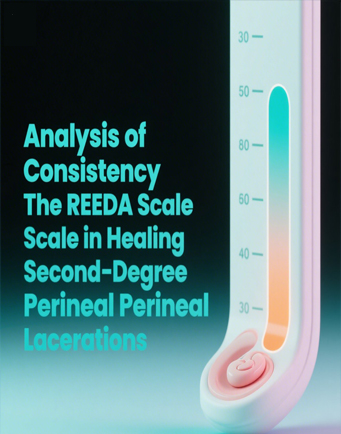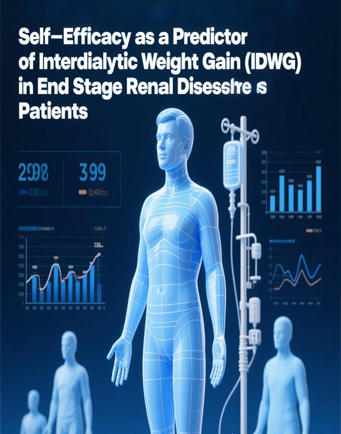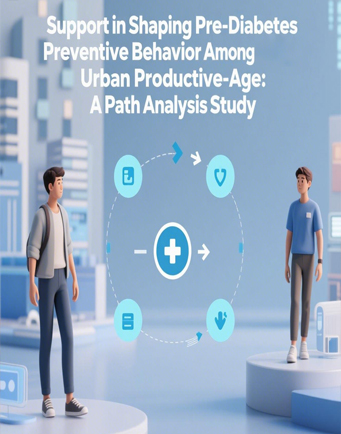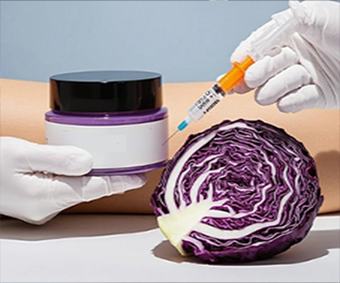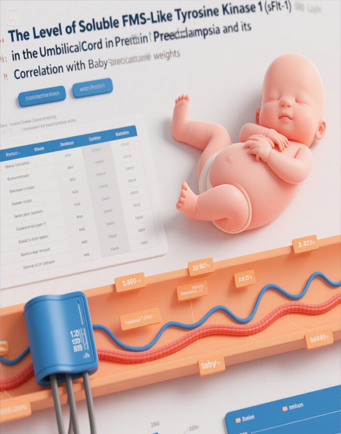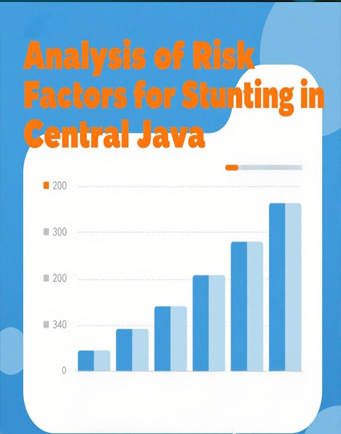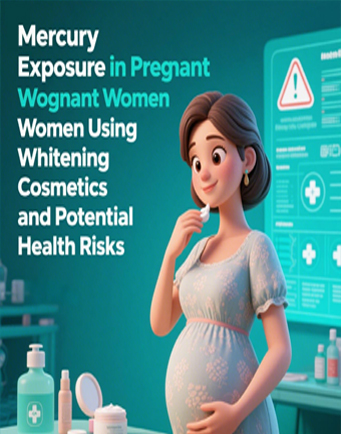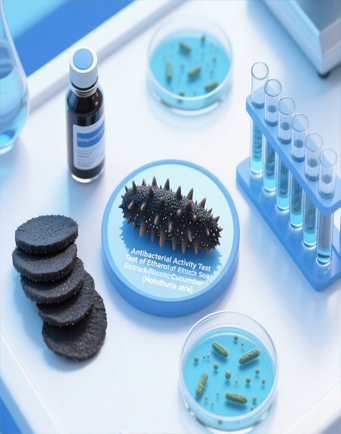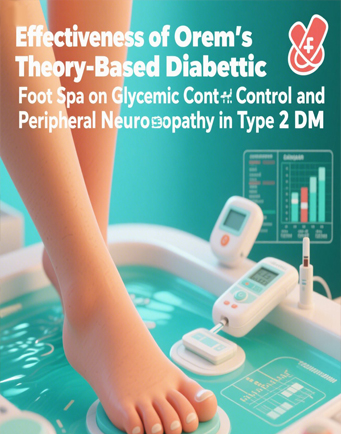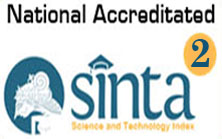Differences in Lead Levels on Doors and Walls of Children's Homes: A Cross-sectional Study in Java, Indonesia
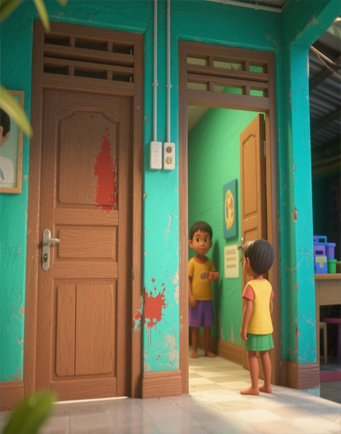
Downloads
Children are one of the most vulnerable groups to lead exposure. Exposure in children is primarily related to hand-to-mouth activities and environmental conditions. Studies on lead level in homes measurements, which are linked to blood lead levels in children, are still rare. The objective of the study was to identify lead levels on painted surfaces, consisting of doors and walls, in the homes of children aged 12-59 months who had high blood lead levels (≥ 20 μg/dl). The method was a cross- sectional study conducted in Java, Indonesia, comparing lead exposed and unexposed in areas with battery recycling activities to a demographically similar control area without such activities (Cinangneng-Bogor). The results showed among the 145 inspected homes in the exposed areas, 40 were measured on doors and 93 on walls; meanwhile among the 240 inspected homes in the unexposed areas, 35 were measured on doors and 36 on walls. In the exposed areas, the lead levels at the door ranged from 0.00 µg/cm2 – 891.36 µg/cm2 and it was not different (p = 0,671) from that in the unexposed areas, i.e. ranged from 0.00 µg/cm2 – 537.03 µg/cm2. Meanwhile, the lead levels at the walls in the exposed areas were measured ranged from 0.00 µg/cm2 – 279.21 µg/cm2 (median 0.65 µg/cm2), and it was significantly different (p <0.001) from that in the unexposed area, i.e. ranged from 0.00 µg/cm2 – 45.64 µg/cm2 (median 0.00 µg/cm2). The findings of lead exposure in the children’s homes lead to a strong recommendation to regulate the elimination of lead in the household paints, and to escalate community concern of domestic lead hazards.
Afandi, A., Suhartono, S., Budiyono, B., Margawati, A., & Kartini, A. (2025). High Blood Lead Levels As A Risk Factor Of Stunting: A Study Of Children In Agricultural Areas. Journal of Environmental Health, 17(1), 45-53. https://doi.org/10.20473/jkl.v17i1.2025.45-53
Albalak, R., Noonan, G., Buchanan, S., Flanders, W. D., Gotway-Crawford, C., Kim, D., ... & McGeehin, M. A. (2003). Blood lead levels and risk factors for lead poisoning among children in Jakarta, Indonesia. Science of the Total Environment, 301(1-3), 75-85. https://doi.org/10.1016/S0048-9697(02)00297-8
American Academy of Pediatrics. (2022). Lead Exposure in Children. American Academy of Pediatrics. Retrieved from: https://www.aap.org/en/patient-care/lead-exposure/lead-exposure-in-children/
Balali-Mood, M., Naseri, K., Tahergorabi, Z., Khazdair, M. R., & Sadeghi, M. (2021). Toxic mechanisms of five heavy metals: mercury, lead, chromium, cadmium, and arsenic. Frontiers in pharmacology, 12, 643972. https://doi.org/10.3389/fphar.2021.643972
Barg, G., Menéndez, J. A., Friedl, J. A., Hoyos, S., Queirolo, E. I., Mañay, N., ... & Kordas, K. (2015). Lead exposure, peripheral neurotransmitter levels and cognitive control: A neurobehavioral study in children from Montevideo, Uruguay. NeuroToxicology, 108, 159-68. https://doi.org/10.1016/j.neuro.2025.03.009
Budianta, W. (2012). Lead contamination in soil of Yogyakarta city, Indonesia. Journal of Applied Geology, 4(2), 90–98. https://doi.org/10.22146/jag.7200
Debnath, B., Singh, W. S., & Manna, K. (2019). Sources and toxicological effects of lead on human health. Indian Journal of Medical Specialities, 10(2), 66-71. https://doi.org/ 10.4103/INJMS.INJMS_30_18
Del Rio, M., Obeng, A., Galkaduwa, B., Rodriguez, C., Costa, C., Chavarria, C. A., ... & Sobin, C. (2023). An interdisciplinary team-based approach for significantly reducing lower-level lead poisoning in US children. Toxicology Reports, 10, 76-86. https://doi.org/10.1016/j.toxrep.2022.12.004
Ericson, B., Hariojati, N., Susilorini, B., Crampe, L. F., Fuller, R., Taylor, M. P., & Caravanos, J. (2019). Assessment of the prevalence of lead-based paint exposure risk in Jakarta, Indonesia. Science of The Total Environment, 657, 1382-1388. https://doi.org/10.1016/j.scitotenv.2018.12.154
Hammer, L. D., Ludwig, S., & Henretig, F. (1985). Increased lead absorption in children with accidental ingestions. The American journal of emergency medicine, 3(4), 301–304. https://doi.org/10.1016/0735-6757(85)90051-8
Haryanto, B. (2016). Lead exposure from battery recycling in Indonesia. Reviews on environmental health, 31(1), 13-16. https://doi.org/10.1515/reveh-2015-0036
Haryanto, B. (2020). Indonesia: country report on children’s environmental health. Reviews on Environmental Health, 35(1), 41-48. https://doi.org/10.1515/reveh-2019-0088
Heidari, S., Mostafaei, S., Razazian, N., Rajati, M., Saeedi, A., & Rajati, F. (2022). The effect of lead exposure on IQ test scores in children under 12 years: a systematic review and meta-analysis of case-control studies. Systematic reviews, 11(1), 106. https://doi.org/10.1186/s13643-022-01963-y
Lafta, M. H., Afra, A., Patra, I., Jalil, A. T., Mohammadi, M. J., Baqir Al-Dhalimy, A. M., ... & Asban, P. (2024). Toxic effects due to exposure heavy metals and increased health risk assessment (leukemia). Reviews on Environmental Health, 39(2), 351-362. https://doi.org/10.1515/reveh-2022-0227
Lestiani, D. D., Syahfitri, W. Y. N., Adventini, N., Kurniawati, S., Damastuti, E., Santoso, M., ... & Mukhtar, R. (2023). Impacts of a lead smelter in East Java, Indonesia: degree of contamination, spatial distribution, ecological risk, and health risk assessment of potentially toxic elements in soils. Environmental Monitoring and Assessment, 195(10), 1165. https://doi.org/10.1007/s10661-023-11745-1
Lin, G. Z., Peng, R. F., Chen, Q., Wu, Z. G., & Du, L. (2009). Lead in housing paints: An exposure source still not taken seriously for children lead poisoning in China. Environmental research, 109(1), 1-5. https://doi.org/10.1016/j.envres.2008.09.003
Mansyur, M., Fitriani, D. Y., Prayogo, A., Mutiara, A., Fadhillah, R., Aini, R., ... & Bose-O’Reilly, S. (2024). Determinant factors of children's blood lead levels in Java, Indonesia. International Journal of Hygiene and Environmental Health, 261, 114426. https://doi.org/10.1016/j.ijheh.2024.114426
Motamedrezaei, O., Lotfi, H., Jahani, F., Sharifzadeh, G. R., Mohammadian, F., & Laal, F. (2024). Occupational exposure to lead fume among automobile welders. Epidemiology and Health System Journal, 11(2), 81-87. https://doi.org/10.34172/ehsj.26123
Ministry of Environment. (2022). National Strategy to Phase Out Lead Paint in Indonesia. Jakarta: MoEF.
Nguyen, T. H. (2021). Soil Contamination from ULAB Facilities in Vietnam. J Environ Qual, 50 (3), 650–659.
O'Connor, D., Hou, D., Ye, J., Zhang, Y., Ok, Y. S., Song, Y., ... & Tian, L. (2018). Lead-based paint remains a major public health concern: A critical review of global production, trade, use, exposure, health risk, and implications. Environment international, 121, 85-101. https://doi.org/10.1016/j.envint.2018.08.052
Pure Earth. (2025). Global Lead Program - 2024 Results and Achievements. Pure Earth. Retrieved from: https://www.pureearth.org/wp-content/uploads/2025/04/Pure-Earth-Global-Lead-Program-Report-2024_final_April29.pdf
Rehman, K., Fatima, F., Waheed, I., & Akash, M. S. H. (2018). Prevalence of exposure of heavy metals and their impact on health consequences. Journal of cellular biochemistry, 119(1), 157-184. https://doi.org/10.1002/jcb.26234
Sample, J. (2024). Lead exposure in children: failure to protect the most vulnerable. The Journal of Pediatric Pharmacology and Therapeutics, 29(3), 212-214. https://doi.org/10.5863/1551-6776-29.3.212
Simatupang, M. M., Veronika, E., Irfandi, A., & Azteria, V. (2024). Potential impacts of lead on health: a review of environmental exposure, population at risk, and toxic effects. Journal of Environmental Health, 16(3), 277-288. https://doi.org/10.20473/jkl.v16i3.2024.277-288
UNEP. (2021). Global Elimination of Lead Paint: Toolkit for Policymakers. United Nations Environment Programme.
UNICEF. (2022). Reducing Childhood Lead Exposure in Indonesia: Policy Brief. UNICEF.
Wani, A. L., Ara, A., & Usmani, J. A. (2015). Lead toxicity: a review. Interdisciplinary toxicology, 8(2), 55–64. https://doi.org/10.1515/intox-2015-0009
World Health Organization. (2021). WHO Guideline for Clinical Management of Exposure to Lead. World Health Organization. Retrieved from: https://www.who.int/publications/i/item/9789240037045
Xue, J., Zartarian, V., Moya, J., Freeman, N., Beamer, P., Black, K., ... & Shalat, S. (2007). A meta‐analysis of children's hand‐to‐mouth frequency data for estimating nondietary ingestion exposure. Risk Analysis: An International Journal, 27(2), 411-420. https://doi.org/10.1111/j.1539-6924.2007.00893.x
Copyright (c) 2025 JURNAL INFO KESEHATAN

This work is licensed under a Creative Commons Attribution-NonCommercial-ShareAlike 4.0 International License.
Copyright notice
Ownership of copyright
The copyright in this website and the material on this website (including without limitation the text, computer code, artwork, photographs, images, music, audio material, video material and audio-visual material on this website) is owned by JURNAL INFO KESEHATAN and its licensors.
Copyright license
JURNAL INFO KESEHATAN grants to you a worldwide non-exclusive royalty-free revocable license to:
- view this website and the material on this website on a computer or mobile device via a web browser;
- copy and store this website and the material on this website in your web browser cache memory; and
- print pages from this website for your use.
- All articles published by JURNAL INFO KESEHATAN are licensed under the Creative Commons Attribution 4.0 International License. This permits anyone to copy, redistribute, remix, transmit and adapt the work provided the original work and source is appropriately cited.
JURNAL INFO KESEHATAN does not grant you any other rights in relation to this website or the material on this website. In other words, all other rights are reserved.
For the avoidance of doubt, you must not adapt, edit, change, transform, publish, republish, distribute, redistribute, broadcast, rebroadcast or show or play in public this website or the material on this website (in any form or media) without appropriately and conspicuously citing the original work and source or JURNAL INFO KESEHATAN prior written permission.
Permissions
You may request permission to use the copyright materials on this website by writing to jurnalinfokesehatan@gmail.com.
Enforcement of copyright
JURNAL INFO KESEHATAN takes the protection of its copyright very seriously.
If JURNAL INFO KESEHATAN discovers that you have used its copyright materials in contravention of the license above, JURNAL INFO KESEHATAN may bring legal proceedings against you seeking monetary damages and an injunction to stop you using those materials. You could also be ordered to pay legal costs.
If you become aware of any use of JURNAL INFO KESEHATAN copyright materials that contravenes or may contravene the license above, please report this by email to jurnalinfokesehatan@gmail.com
Infringing material
If you become aware of any material on the website that you believe infringes your or any other person's copyright, please report this by email to jurnalinfokesehatan@gmail.com.



